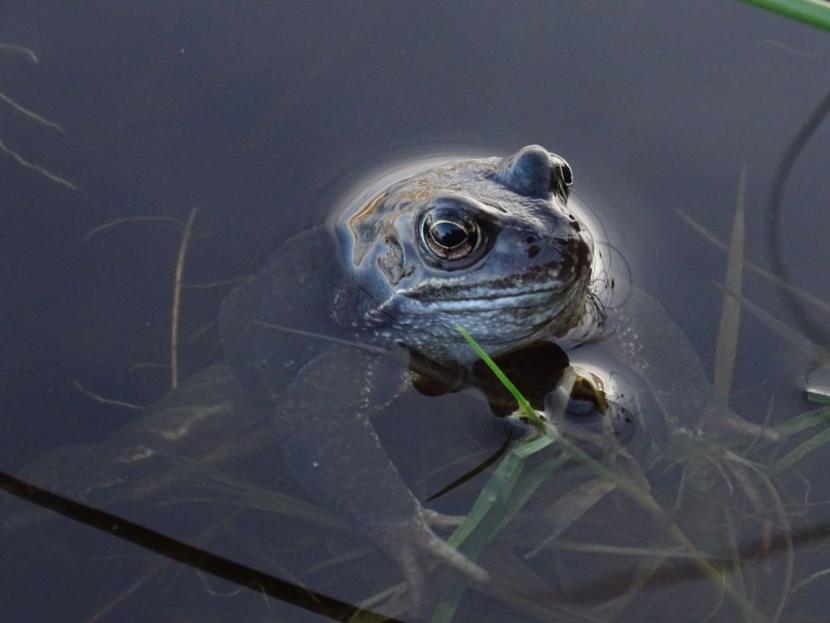Flanders Moss NNR - visiting the reserve leaflet
Welcome to Flanders Moss National Nature Reserve
One look and you will see that this bog is an active land of water. The dome of peat acts like a sponge trapping water. The water-logged ground is ideal for sphagnum mosses to grow: they in turn hold water and keep the ground wet.
Never the same twice
All year the mosses create a carpet of reds, oranges and greens. In spring and summer, seas of bog cotton wave in the breeze and the Moss is noisy with the calls of nesting birds. Frogs and toads plop in and out of pools and lizards bask on the boardwalk. Look out for deer footprints or a scuttling tiger beetle. In August, heather adds its purple to the vivid moss greens. The calls of geese and swans break the stillness of a winter dusk as they head home to roost on the nearby Lake of Menteith.

Getting there
Flanders Moss car park is 10 miles (16 kilometres) west of Stirling. Take the signed track off the B222, 2 miles south of Thornhill.

The 0.5 mile (900 metre) boardwalk is accessible for all with everyday shoes. Binoculars give you an even better view of the birdlife.
The car park is the starting point for the ‘Tour de Carse’. This 21 mile (32 kilometre) car trail is a journey through ancient time. There are pit stops at Kippen and at Thornhill where the toilet for disabled people is open April to September.
For further information please contact:
Strathallan House
Castle Business Park
Stirling
FK9 4TZ

Have a wild time
A stroll along the boardwalk takes you into a remote and water-logged land. This wild space is Flanders Moss, one of Britain’s largest, intact raised bogs. Extending over three square miles (eight square kilometres), it is a special place, a National Nature Reserve (NNR) and an internationally important habitat.
Take time out to look around you at the everchanging patchwork of colours and to listen to the sounds of bog life. Climb up to the viewing platform for your own bird’s eye view of the Moss.
Squelching time
The story of Flanders Moss begins 8000 years ago. Bog mosses started to grow on the wet, water-logged, clay soils, formed when the Carse of Stirling was under the sea. Bog mosses kept the ground saturated with water. What they created is like a giant compost heap but one where the dead plant material keeps piling up rather than rotting away. This dead plant material – peat – eventually formed domes.
Today these peat domes rise 23 feet (7 metres) above the land. This is why Flanders Moss is called a raised bog. The peat is still being laid down, at the rate of a millimetre a year: in comparison, your finger nails grow 36 times faster. A peat dome is an 8000 year old time capsule which scientists study to measure past changes in climate, sea levels, plant life and human activity.

‘The Moss Lairds’
Improving landlords wanted to drain the bog in the 18th century for farmland. They recruited Perthshire Highlanders, who had lost their land after the Jacobite rebellion. These ‘Moss Lairds’ lived rent-free in return for digging drainage ditches and clearing peat, floating it down the river Forth.
Over a third of Flanders Moss was turned into rich farmland: the remainder dried out losing some special bog wildlife. Now, by clearing scrub and damming drainage ditches, Scottish Natural Heritage is restoring Flanders Moss to its former wetness.
Be bog wise







